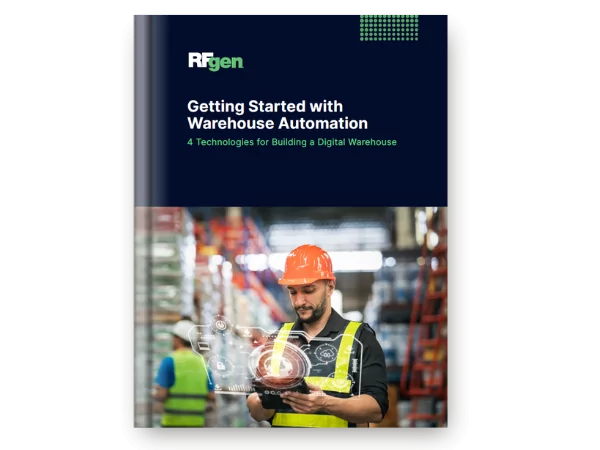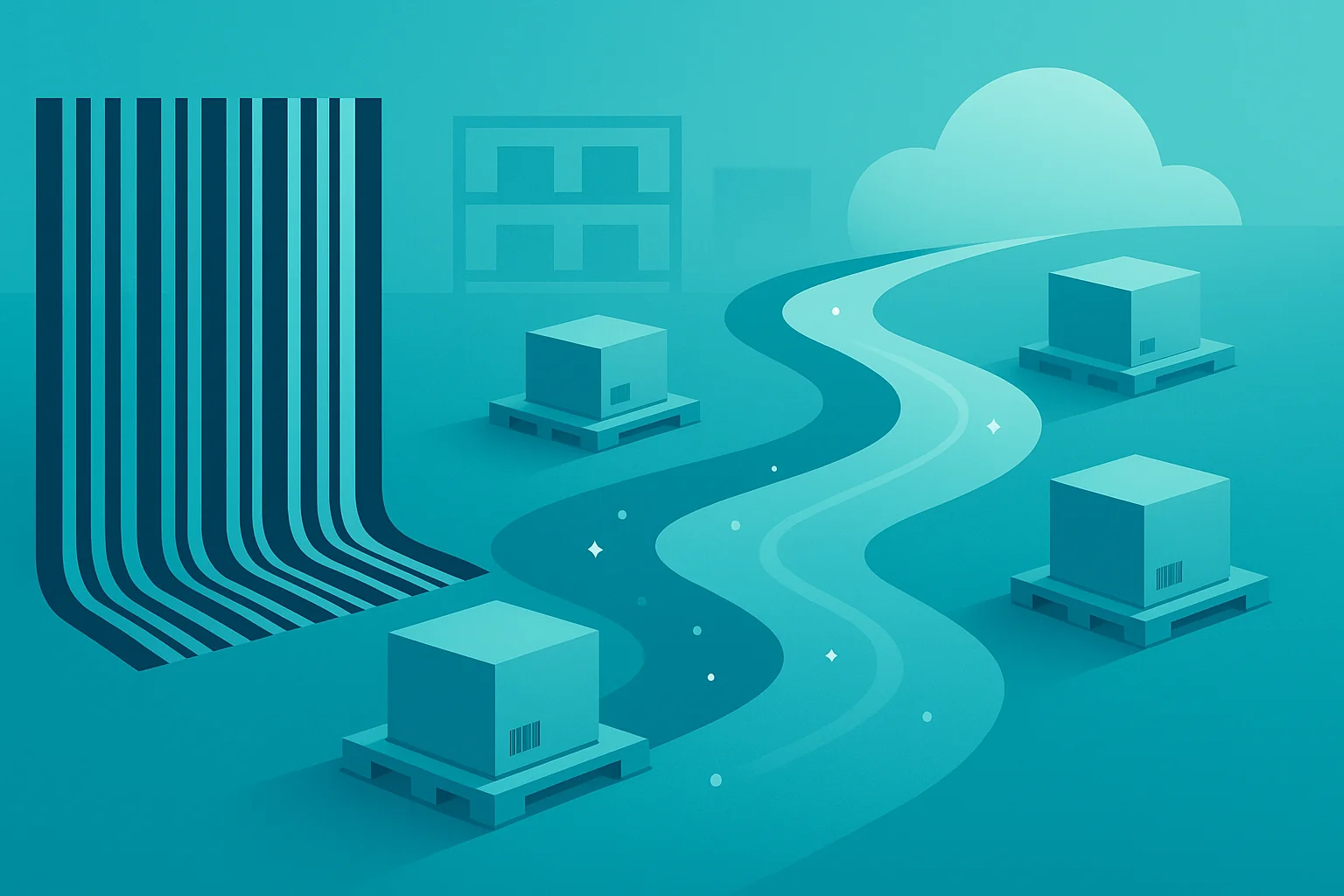
Transforming ERP Adoption with User-Friendly UI Design
Enterprise Resource Planning (ERP) systems have become indispensable tools in the modern business environment. These sophisticated systems offer a comprehensive digital solution for integrating critical operations such as finance, supply chain management, and human resources.
However, the effectiveness and value of an ERP system are deeply intertwined with its user adoption rates. Successful user adoption hinges on the User Interface (UI) and User Experience (UX).
Intuitive, well-designed UI/UX can significantly enhance user engagement and simplify the interaction between the user and the complex functionalities of ERP systems. A poor UI can lead to users rejecting use of the system, allowing work to take place outside the ERP without getting recorded.
The Role of UI in Technology Adoption
The user interface is a critical aspect of any technology, serving as the bridge between the user and the system. In ERP systems, an intuitive and user-friendly UI is crucial for encouraging adoption.
A well-designed UI makes technology intuitive and easy to use, which can significantly enhance user satisfaction and acceptance. If users find a technology’s UI appealing, user-friendly, and efficient, they are more likely to adopt and continue using the technology.
On the other hand, a poorly designed UI can lead to frustration and abandonment of the technology, regardless of its capabilities or underlying benefits.
The key to designing a good UI relies on the principles of simplicity, clarity, and consistency. These may sound easy, but they are very difficult to achieve except by seasoned experts.

Modern Mobile UI for SAP Barcode Applications
Challenges in ERP User Adoption
Adopting new ERP systems often comes with its set of challenges. This is no surprise, considering ERP software’s notorious complexity. Complexity makes for a steep learning curve, in turn creating resistance to change among users. A poorly designed UI can amplify these challenges, hindering successful adoption.
Common challenges to ERP user adoption include:
- Complex or Poor User Interface (UI): ERP systems often have complex and non-intuitive UIs, making it difficult for users to navigate and use the system efficiently.
- Resistance to Change: Employees may resist adopting a new ERP system as it requires them to learn new workflows and abandon familiar processes.
- Lack of Adequate Training: Without proper training, users may struggle to understand the full capabilities of the ERP system, leading to underutilization. Poor UI exacerbates this problem.
- Poor System Performance: Slow or unreliable performance of the ERP system can frustrate users and hinder adoption.
- Inadequate Customization: ERP systems that are not adequately customized to meet the specific needs of a business can be less effective, leading to user dissatisfaction.
- Data Migration Challenges: Difficulties in transferring data from old systems to the new ERP can create distrust or reluctance among users.
- Lack of Support: Insufficient support from IT staff or the ERP vendor can leave users feeling stranded with their issues, impacting their willingness to adopt the system.

Getting Started with Warehouse Automation for Your ERP
Impact of UI on User Training and Onboarding
UI design also plays a critical role in training and onboarding for new users. An intuitive and well-designed UI can significantly streamline these processes, reducing the learning curve and encouraging quicker adaptation to the system.
For instance, RFgen Mobile Edge™ uses intuitive, focused UI and condensed ERP workflows, shortening training by 80% or more.
Broadly speaking, UI has an impact on every part of training and onboarding, such as:
- Training Efficiency: A user-friendly UI simplifies the training process, allowing users to grasp system functionalities more quickly.
- Onboarding Experience: An intuitive UI ensures a smoother onboarding experience, as new users find it easier to navigate and understand the ERP system.
- Reduced Training Resources: With a simpler UI, organizations can save on time and resources typically allocated for extensive training programs.
- Faster User Acclimatization: Well-designed UI aids in faster user acclimatization, leading to quicker and more efficient adoption of the ERP system.
- Psychological Benefits: A user-friendly UI reduces frustration and increases user willingness to engage with the system, positively impacting their overall experience and satisfaction.

Investing in Warehouse Innovation: How to Find ROI for Mobile Software
Strategies for Designing User-Friendly ERP Interfaces
Creating a user-friendly UI for an ERP system involves understanding user needs and incorporating elements that enhance usability. To achieve this, organizations must focus on the following:
- User-Centric Design: Designing with the end-user in mind ensures that the UI meets their specific needs and preferences (affects UX).
- Customization: Customizing the UI to business and user needs will help increase the system’s usability.
- Gathering User Feedback: Regularly gathering and implementing user feedback can significantly improve the UI and user satisfaction.
- Simplified Navigation: Ensuring that the UI has a clear and simplified navigation structure helps users find what they need quickly and efficiently.
- Ongoing Training and Support: Providing continuous training and support helps users adapt to updates and changes in the UI.
Alternatively, hiring outside experts can alleviate the burden of trying to develop a good UI with internal resources. Adopting a mobile ERP software with the UI already perfected is a proven alternative to altering the ERP’s UI itself.

Infographic: A Brief Guide to ROI for Warehouse Software
The Business Impact of Good UI in ERP Systems
The implementation of a well-designed UI in ERP systems can have far-reaching positive impacts on a business. Enhanced user adoption rates increase data and operational visibility and workflow efficiency, and can make or break an ERP implementation.
Benefits of a good UI in ERP systems include:
- Increased Productivity: An intuitive UI reduces the time users spend on navigating the system, leading to increased productivity.
- Improved Data Accuracy: User-friendly interfaces can lead to fewer errors in data entry and management, improving the overall data quality.
- User Satisfaction: A good UI enhances user satisfaction, leading to higher morale and reduced resistance to new systems.
- Return on Investment: Effective user adoption of ERP systems through good UI design can maximize the return on investment for the technology.
- Long-Term Organizational Benefits: Higher user adoption rates contribute to long-term business efficiency and success.
A Simpler Alternative: Leveraging Mobile UI in ERP Systems
While changing the UI of the ERP system itself may not be practical, a simpler and less expensive alternative is to use a mobile solution’s pre-built UI instead. A focused, intelligently designed UI can ensure end-users are able to quickly learn the system and accomplish their work. Higher usability with mobile UI translates directly to user adoption.
Additionally, the organization doesn’t need to hire UI experts to design and overhaul the ERP interface itself.
Remember, the ERP’s UI is the first experience users will have with the system. A negative experience will likely impact future experiences while a positive first impression can go a long way to improve user adoption.
When considering strategies for increasing user adoption of ERP systems, particularly in the supply chain or warehouse setting, remember that UI is an essential ingredient. Implementing a mobile system like RFgen Mobile Edge™ allows for a pre-built, pre-optimized user interface and experience (UI/UX) that maximizes efficiency, performance, and user adoption. This way, your business can achieve its desired outcome while also saving money with fast ROI.








